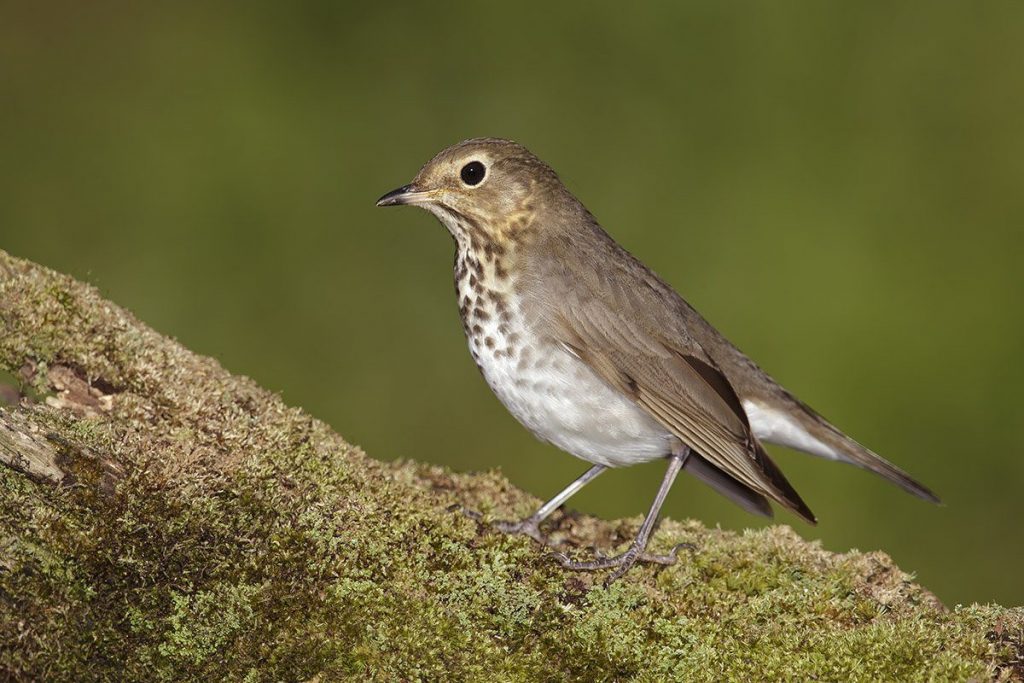Friendship on the River

Late last June, I embarked on a midday trip with some friends on our glorious Snake River. The river was flowing fast due to the ongoing effects of the late spring runoff. Jn just the first 4 miles of the trip, we had seen Bald Eagles, Mule Deer, Red-tail Hawks, Mergansers, Ravens, Geese, and some small birds that were too distant for me to identify. The pristine scenery of the river environs combined with stunning views of the Teton range to make yet another wonderful excursion. Our visitors on this day were “neighbors” from Wyoming and Idaho: local folks who all visit the Jackson Hole valley and Grand Teton National Park as frequently as they can. And whenever they’re near Moose, they book a float trip with us. For them, the river is a powerful source of life and shared experience. In short, a source of friendship.
On this day, we were drifting quickly with the flowing current when suddenly Nancy exclaimed that she heard the distinctive song of a Swainson’s Thrush. She was excited because she knew the subject was close, but could not put her eyes on it. I hadn’t seen it yet either, as I had been focused on trying to find a Bald Eagle since we were only 100 yards upstream from a nest. Nancy’s day was made a moment later when her husband Andy spotted the missing Thrush and pointed it out to his bride. “Nancy’s ears are better than mine,” reported Andy, “but my eyes are better than hers.” I mentioned that the two of them together made a complete animal. They all howled with laughter. We continued down the river in happy camaraderie, ending the trip hour later having seen many more birds and an elegant Moose standing on a gravel bar.
The Swainson’s Thrush is roughly the size of the American Robin. Common along small streams and conifer forests, I had heard its flute-like song for years along the Snake River but had never seen one. They are primarally insect eaters but also include berries and fruit in their diet. Grand Teton National Park is currently part of their breeding range, but climate change may cause these birds to adjust their range northward into Canada’s boreal forests.
I was lucky to have caught a glimpse of this small bird – with the help of my engaged and vigilant passengers. Thank you, friends!
